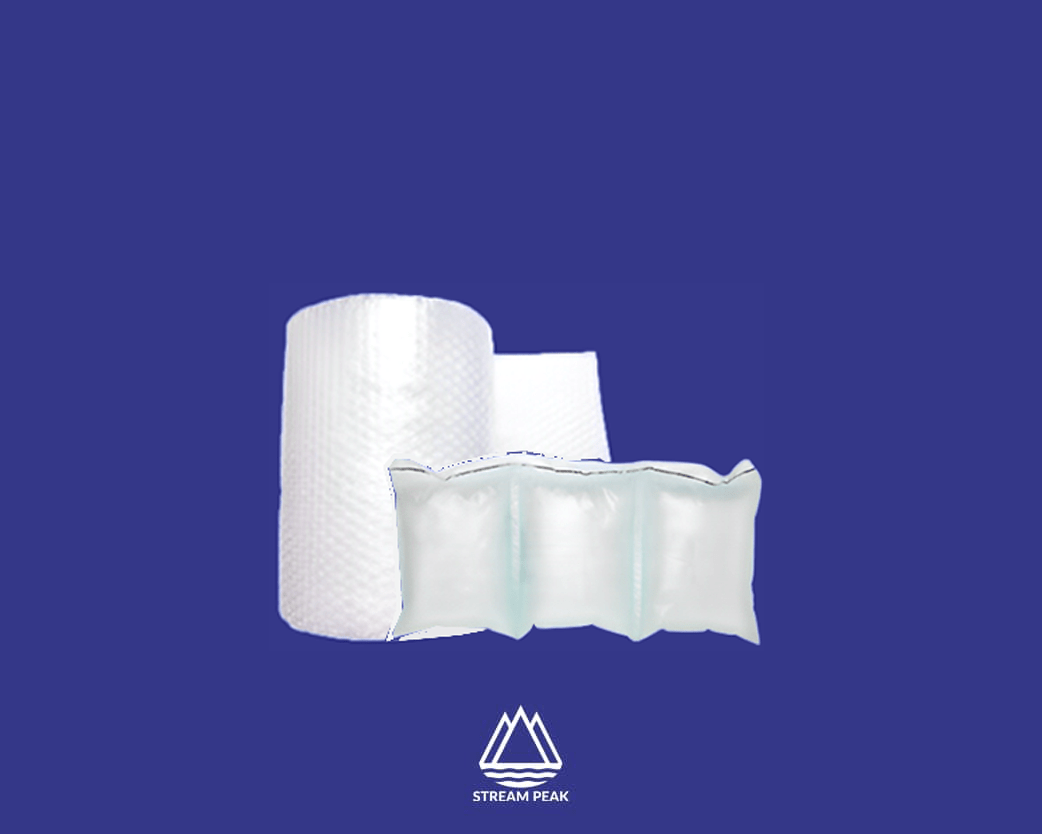Sustainable Packaging Trends That Will Change The Industry

Global economic progress and affluence have risen in almost every major region globally for the last ten years. However, there has been an increase in both production and wastage. According to The World Bank, cities worldwide produced more than 2 billion tons of trash in 2016 and expected to rise to 3.5 billion by 2050. Plastic packaging accounts for roughly half of all plastic trash produced globally, but only one-fifth is recycled.
Sustainable Packaging Trends
In the last few years, there has been a growing consumer awareness of package waste — particularly the impact of single-use packaging. Consumers also value recyclable packaging because it can help the environment, encouraging companies to use eco-friendly packaging.
Furthermore, according to a Boston Consulting Group survey, approximately 74% of consumers indicated they do not mind paying more for items with eco-friendly packaging. Here are some sustainable packaging trends businesses use to meet consumers’ demands for eco-friendly packaging.
Upscaling the Use of Automated Intelligence (AI)
For businesses, measuring an item’s exact amount of packaging can be time-consuming and labour-intensive, especially when hundreds of different-sized products are. AI can quickly determine how many products can be packed closely together to save materials and shipping costs and the best packaging size for the items.
Using Reusable Packaging
Reusable packaging comprises recycled materials such as metal, plastic, or wood and is most commonly used to transport goods. Some reusable packaging products are pallets, handheld containers, bulk containers, boxes, dunnage bags, and wraps and straps.
Reusable packaging is both eco-friendly and cost-effective. Companies can save money on raw materials, energy, and labour, reducing the need to manufacture single-use packaging as people can reuse it several times.
Inflated Air Pillows: Air pillows are air-sealed bags that are both durable and recyclable. It can protect products during transit from shifting, crushing, breaking, or handling, which can cause damage. Air Pillows can be used for various products or goods, including glass and ceramic. However, one disadvantage of air pillows is that they are filled with air inside, which can burst easily. Thus, businesses should know that air pillows may not be the best packaging solution for heavy or sharp items.
Corrugated Bubble Wrap: Corrugated bubble wraps are made of corrugated cardboard, which can be recycled. Corrugated rolls are mainly used for glass, metal, and other breakable or fragile items to prevent them from scratches, chips, or breaks. Corrugated bubble wrap can cushion products well as it has shock-absorbing protection, ensuring that packages are protected while in transit. Moreover, it can also be used to wrap products to prevent scratching, scuffing, or rubbing against one another.
Biodegradable and Edible Packaging
Compared to oil-based plastics, biodegradable plastic packaging is made from renewable materials. It is also a good alternative that can help address the long-term issues associated with excessive plastic use.
One significant advantage of biodegradable packaging is that, unlike plastics, it does not accumulate over time as it is biodegradable. As a result, it is easy to dispose of and causes no pollution or harm to the environment. Some examples of Biodegradable Packaging are plastic water bottles or plastic/paper cups.
Edible packaging can be made with different natural ingredients. The most effective and common element is Chitosan, a polysaccharide with natural antibacterial properties. Chitosan packaging is mainly used for two reasons: It is edible and may protect food from multiple bacteria.
Chitosan packaging also acts as a physical barrier, preventing microorganisms from directly contacting the food. One advantage is that it helps prevent the bacteria’s respiratory activities by restricting the oxygen supply in the packaging.
Using Mono-Materials
Mono-materials are products made of only one material and are significantly more straightforward to recycle than composite plastics. Polypropylene (PP) and Amorphous Polyethylene Terephthalate (APET) are the most common mono-material products.
The features of PP include barrier properties, heat resistance, and stability. PP also has the lowest density of everyday plastics, essential to individuals concerned about the environment. One disadvantage is that running this material through thermoforming packaging machines is more challenging than other plastics.
APET provides advantages such as being highly transparent and a solid barrier against gas and water vapour. APET can be used in temperatures ranging from -40°C to +70°C and is resistant to oils and fats. For the packaging of fresh items, packaging consisting of APET and other mono-materials is already being utilised instead of composites.
When utilising mono-materials, businesses may also want to think about the reduced barrier potential. It is also worth noting that lowering the functional layers, such as the sealing layer, will shorten shelf life.
Conclusion
Over the last few years, using metal, paper, and biodegradable polymers in packaging has slowly surpassed plastic. Many businesses are working hard to meet customers’ demands for eco-friendly products, and the market for sustainable packaging is expected to grow significantly. This new market for sustainable packaging provides opportunities for packaged goods manufacturers.

